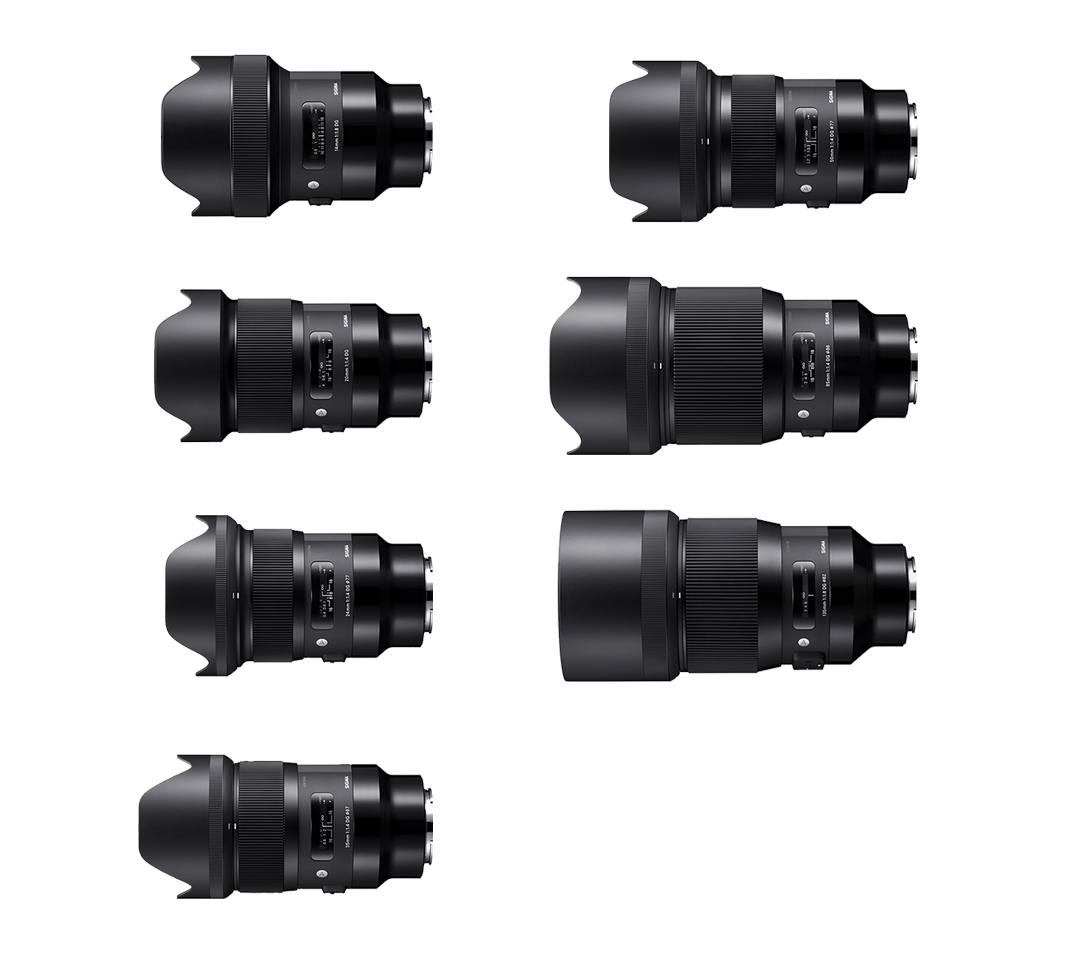


So it’s not like you can look and manually focus with the camera off anyway. Sure, the camera needs to be powered on to focus the lens, but it’s also a camera with an electronic viewfinder. We found the electric focusing pleasantly responsive, though, and didn’t find it a detriment at all. Autofocus purists might balk at the fact that this Tamron focuses electronically by sending an electric signal to a motor when you turn the focusing ring, rather than using a mechanical helicoid to move the lens elements. The same is true of the darkened corners you might see at the lens’ widest apertures, though some people like this effect, too. If you shoot RAW, it’s easy to correct this in image editing software. But if you enable distortion correction in your Sony camera, the distortion will be fixed for you in your JPEGs. Uncorrected you’ll definitely notice straight lines bending outward (aka barrel distortion) on this lens, which can be a fun effect. That means it’s good for up-close macro shots. The M1:2 designation in the name refers to the fact that the lens has a magnification of 1:2 at its closest focusing distance of 4.3 inches.

Either lens is a great choice, and which one to choose ultimately comes down to whether you prefer to eke out a slightly wider view (the Sigma) or want a tiny bit more telephoto reach (the Tamron).

Sony e mount full frame camera software#
And this can be minimized in most image editing software if you don’t enjoy the effect. Both the Sigma and Tamron show some distortion at their widest zoom settings, but nothing egregious. Wirecutter’s lead editor for cameras, Phil Ryan, brings his 24-70mm lens with him whenever he can bring only one zoom with him for the day. Both are sharp lenses with zoom ranges that cover most of your needs on an average day of shooting, let in enough light to keep shooting even as the sun sets for the day, and can limit your depth of focus at f/2.8 enough to keep your subjects well isolated (visually) from the background.
Sony e mount full frame camera upgrade#
Low-light fans who shoot full frame and are looking for an everyday lens more akin to our upgrade pick for APS-C above should consider either Sigma’s 24-70mm f/2.8 DG DN Art or Tamron’s 28-75mm f/2.8 Di III RXD. If you don’t shoot with a Sony camera but still want to invest in some great starter lenses, take a look at our lens guides for Canon, Nikon, Micro Four Thirds, and Fujifilm bodies. If macro is your thing, start with the Sigma 70mm f/2.8 Art DG Macro. We recommend the Sony E 55-210mm f/4.5-6.3 OSS or Sony FE 70-300mm f/4.5-5.6 G OSS as your telephoto, the Rokinon 12mm f/2.0 NCS CS for a wide-angle option, the Sigma 60mm f/2.8 DN or Sony FE 85mm f/1.8 for portraits, and the Sony E 20mm f/2.8 pancake lens. To take your photography to the next level, you’ll want to begin building your arsenal of lenses. In addition to our top two picks, we recommend the Sony E 55-210mm f/4.5-6.3 OSS or Sony FE 70-300mm f/4.5-5.6 G OSS as your telephoto, the Rokinon 12mm f/2.0 NCS CS for a wide-angle option, the Sigma 60mm f/2.8 DN or Sony FE 85mm f/1.8 for portraits, and the Sony E 20mm f/2.8 pancake lens. Fast prime lenses (ones that don’t zoom) are recommended for beginners because the lack of zoom forces photographers to get close and better compose their shots.


 0 kommentar(er)
0 kommentar(er)
